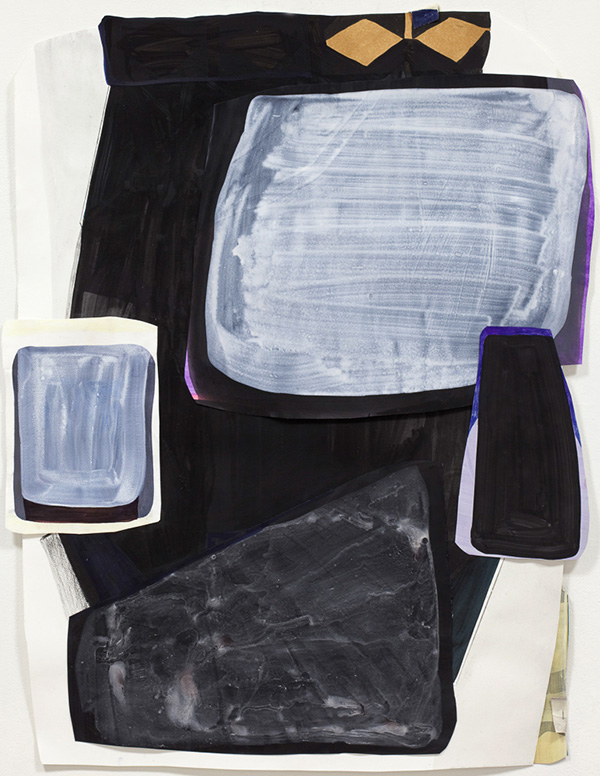
A talk between two artists: Amanda Church interviews Julie Sass
—
As a way of introducing Danish artist Julie Sass to the Best Self readership, I would like to begin by saying what a true believer in her work I am. Julie’s investigation of abstraction has never ceased to fascinate me. There is something light to her mark-making, similar to the paintings of Mary Heilmann, and yet there is a perceptible profundity at the same time. Julie’s paintings evoke myriad associations while remaining staunchly formal and rigorous. I am the proud owner of one of her paintings and it continues to transport me to a seemingly infinite number of different realms. Here, we discuss a bit of Julie’s history as an artist, including her time in New York and how that compares to growing up and attending art school in Copenhagen. ~ Amanda Church
AC: Julie, let’s begin at the beginning, when we first met each other. Were you studying at NYU at that time?
As far as I remember, it was the year after I graduated from NYU, in 2001. I was working with Jon Hendricks filing Fluxus scores and such, and doing set design for theater in Manhattan. My studio was in Brooklyn. I had seen your work in a show in 1999 or 2000…so, I met your work before I met you. There were lots of great openings back then at Pierogi 2000 (the first of many galleries to open in Williamsburg, Brooklyn), and I remember one time when we chatted away up on the roof there.
AC: You were working with some great people at the time, right? Artists, art historians, writers, all of whom are still relevant today. Can you say a bit about that experience? I know Saul Ostrow was part of this influence on the way you think and look at art. Who else had a similar degree of influence on you and your work?
Saul Ostrow led the MFA program at NYU in 1998-99, when I first moved to NY to study. He also taught Art Theory. I remember that NYU was sort of shutting painting down at that time and Saul was great. He gave me a list of artists to talk to about painting, who all had various and significant impact on what I was doing at that time. It is also important to mention my fellow students from that time since many of them have significant careers as artists today, and we remain close friends. I had a lot of catching up to do in New York, because our Danish system is just so different. I had not really studied academics the way you do in the States, but I had experience in practical things, such as putting up shows, and I had already begun showing my own work.
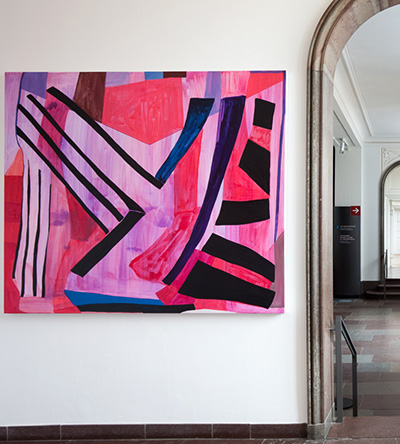 AC: And you had come to NYC from Copenhagen, where you grew up and studied art before NYU? Can you pinpoint any significant differences in approaches to teaching or formulating ideas? How did the exposure to what was happening in the NY art scene at the time shape you and your work?
AC: And you had come to NYC from Copenhagen, where you grew up and studied art before NYU? Can you pinpoint any significant differences in approaches to teaching or formulating ideas? How did the exposure to what was happening in the NY art scene at the time shape you and your work?
When I was a student in Copenhagen, The Royal Danish Academy of Fine Art purveyed a laissez-faire way of studying. Still, you can get a lot out of that approach, and all the studios were open day and night. There were several workshops, one of which was in making paint, which I was really in to. I used oil and tempera back then. I started in 1994, the year before I studied Social Studies at Roskilde University for a year. This came after having traveled intensively in Latin America and worked various jobs alongside getting my first studio.
The change in coming to New York was amazing, and it was at just the right time for me, being hungry after seeing lots of art and studying art theory, art history, and actually all other kinds of subjects that were part of NYU at that time, such as Fiction Writing. The contrast with Copenhagen was enormous.
I felt extremely energized just by being in NY, but I was also consumed by the never-ending things I constantly felt I needed to keep up with.
It is hard to say exactly what it was that formed my work — so many things happened back then – Many of the people I studied with are interesting people and great artists with whom I have stayed in close contact. I was also invited to be part of an art group led by the artist Steel Stillman and that was a great experience. We saw shows and discussed them, and I have always been interested in the different viewpoints and the arguments that can arise from those kinds of discussions. Not to delve too deeply into philosophy, but it was what Kant in the Aesthetic Judgement was writing about, which is always to keep the perspective of the other.
AC: Around that time, you were showing with Susanne Hojriis Gallery in Copenhagen, and I think it was in 2003 when you curated “A Way of Thinking,” an exhibition I was so happy to be in and that marked my first trip to Copenhagen. Can you describe the concept for that project and how it related to your own work?
That was actually in 2002 and it was the second show I curated, titled A Way Of Thinking (Painting and Objects). The show as a whole was dealing with various ways of approaching abstract painting, which was what I was engaged with. I installed it based on associations, one thing leading to the next, similar to a way of thinking.
AC: Tell me some of the significant things that happened after that; developments in your painting, exhibitions, etc. You are always doing so much and it’s so impressive. I know that now you maintain your own studio practice and are very productive, you have shows, you curate shows, you teach, you travel, you are raising two wonderful daughters – wait, am I forgetting anything?
Thank you! Some of my most significant projects include the following.
The exhibition Hungry Eyes, curated by the artist Monica Tap in 2002 in Canada, was an incredible experience. It was my first time speaking in public and I presented all new works – having worked right up till the last minute before my firstborn Edith came. She was 2 months old when I gave the talk, which was not my best performance since I was so sleep-deprived, but still, I learned from that.
Shaped by Time was very significant museum project I organized in Copenhagen in 2012, and it continues to stay with me. It was a show of contemporary art embedded in the museum’s pre-historic section. The works were installed in conjunction with artifacts, skeletons…findings since the Ice Age. I am so grateful for all the time the people at the National Museum spent talking to me, to my co-curator Milena Høgsberg, and to the all the other artists. I have never before been had the opportunity to participate so profoundly in the practice of a museum.
Untitled, Miami was a solo project of my work during Art Basel in 2013, where I also launched JS II, Revolver Publishing. This was really good timing because so many interesting people were in town for the art fair.
In fact, since last year’s ID-Visual Identity, my solo show in Puerto Rico and subsequent solo show in Miami, I have been trying out some new ideas both in terms of the focus on subject matter and the work itself, which in some ways has become simultaneously more simple and complex. The work has been made with regard to a specific situation. In Puerto Rico, where I did a residency leading up to the show, I really had to trust the process and go with it because many of the works were made on site. I have been in Puerto Rico before to visit the artist Ivelisse Jiménez, but hadn’t stayed there to work. It was an experiment, which I am ready to do again. It is hard to say what was most inspiring in terms of making the art work there, but I believe Puerto Rico has an incredible energy, rhythm, and light, which is something I like to draw from in my mind. Things there follow their own path, autonomously and somehow against the current, which is something I really appreciate.
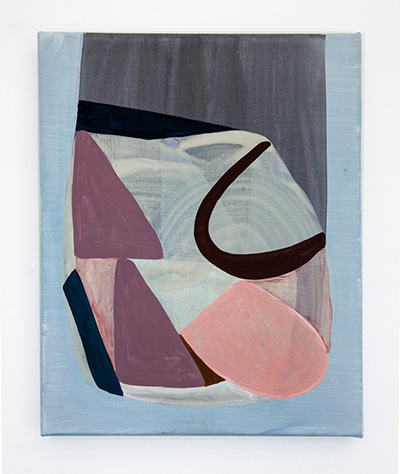 AC: I want mention your last curatorial project (years in the making) with your two co-curators, the art historian Courtney J. Martin and artist Bodil Nielsen. This exhibition (which I was thrilled to be included in) was titled “Minimal Baroque” and was the equivalent of a museum show in its scope and precept. The show featured 18 international artists including Donald Judd and Jo Baer, and received many positive reviews from newspapers and magazines in Denmark, Britain, and the U.S., and then a year later a wonderful catalog was published, which I know you worked very hard on as well. I’m not exaggerating when I say that you manage to get an unbelievable number of things done while still keeping your own work front and center. Would you care to offer any insights into the secrets of your successful multitasking, for lack of a better word?
AC: I want mention your last curatorial project (years in the making) with your two co-curators, the art historian Courtney J. Martin and artist Bodil Nielsen. This exhibition (which I was thrilled to be included in) was titled “Minimal Baroque” and was the equivalent of a museum show in its scope and precept. The show featured 18 international artists including Donald Judd and Jo Baer, and received many positive reviews from newspapers and magazines in Denmark, Britain, and the U.S., and then a year later a wonderful catalog was published, which I know you worked very hard on as well. I’m not exaggerating when I say that you manage to get an unbelievable number of things done while still keeping your own work front and center. Would you care to offer any insights into the secrets of your successful multitasking, for lack of a better word?
Thank you!!!
I collaborate. I have great colleagues. I have a great family.
I take notes. I almost never watch TV. I cook fast.
Clearly shows do not happen by themselves. I try to stay focused and keep working, along with some kind of faith that the ideas you form are actually good ideas. Some of that energy comes from the fact I believed that those shows needed to be curated. Curating Shaped by Time at the National Museum in Copenhagen was a huge undertaking. It was in the works for three years and included a publication. In addition to this, I have had a few artists’ books published by Revolver Publishing; the first one was in relation to that show.
The energy that many people think that children take out of their lives and careers I have never fully understood. On the contrary, I have made great friends through my daughters, and have always felt grateful to have a second chance in learning through them. Also, I believe that it is a matter of attitude.
AC: So what’s on the horizon? I know you recently had a show at Third Space in Copenhagen that encompassed some sewn pieces and also had a performative component and that this show was reviewed by British writer Allie Biswas. Can you share some of the details on this project?
Be-Bop Your Visual Acts (Shared Space) at Third Space was interesting because so many of the things I have been working on for a long time came together. The subject of Copenhagen Art Week this year was Shared Space, so I thought it was really fitting to add that to the title of my show, because that is where I think we work, in a shared space; art is a collaboration and a dialogue.
There was no performance per se, but Tomas Lagermand Lundme and I read a text we wrote in 2010, which was part of a show we curated then called Peep-Show Purple –Light. It was a great experience to do the reading (my debut) because it made a lot of sense in relation to the show and gave a new perspective on the work.
At the moment, I am looking for venues for two shows, which is an ongoing process. I would also like to challenge myself to focus on some writing, and I have some applications out for residencies. It is the first time in six years that I am not pushing a major project with my own work, so I look forward to this supposed time, and seeing what will happen.
Abstraction as Artistic Method is a recent article I wrote for a book, a collection of writings that Saul Ostrow and Critical Practices Inc. is working on of 50 or so perspectives on the subject of abstraction; I am really looking forward to reading that book!
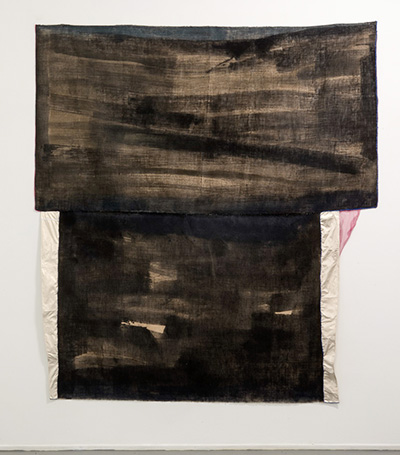
The next museum show that my work is included in will be at Rungstedlund, the former house of our world-famous writer Karen Blixen, which is quite an interesting museum north of Copenhagen. Mørkekammer (Darkroom), the group show up at the moment, was curated by the aforementioned artist and playwright Tomas Lagermand Lundme and includes some site-specific works. Significantly, Blixen’s is a voice that speaks of the ”other,” reflecting on identity and the subconscious, which I believe is a major component in regard to making art.
Finally, I wanted to mention my experience over the last couple of years printmaking in the Faeroe Islands, specifically, making lithographs at STEINPRENT, Tórshavn. It is about as far away as you can get; it feels as if you are staying on the last cliff in the world. You see the sun only through the clouds in rays, it is misty, but this all-enclosed feeling mirrors the long process and the intensity of printmaking, and is something that also allows me to think about making painting in a new way. As Yve-Alain Bois said in Painting As Model, “the change comes from where you least expect it.” This quote seems to encompass what is ineffable about making art, which, bolstered by knowledge, theory, and experience, adds up to a somewhat transcendent experience.
Click an image below to view the gallery:
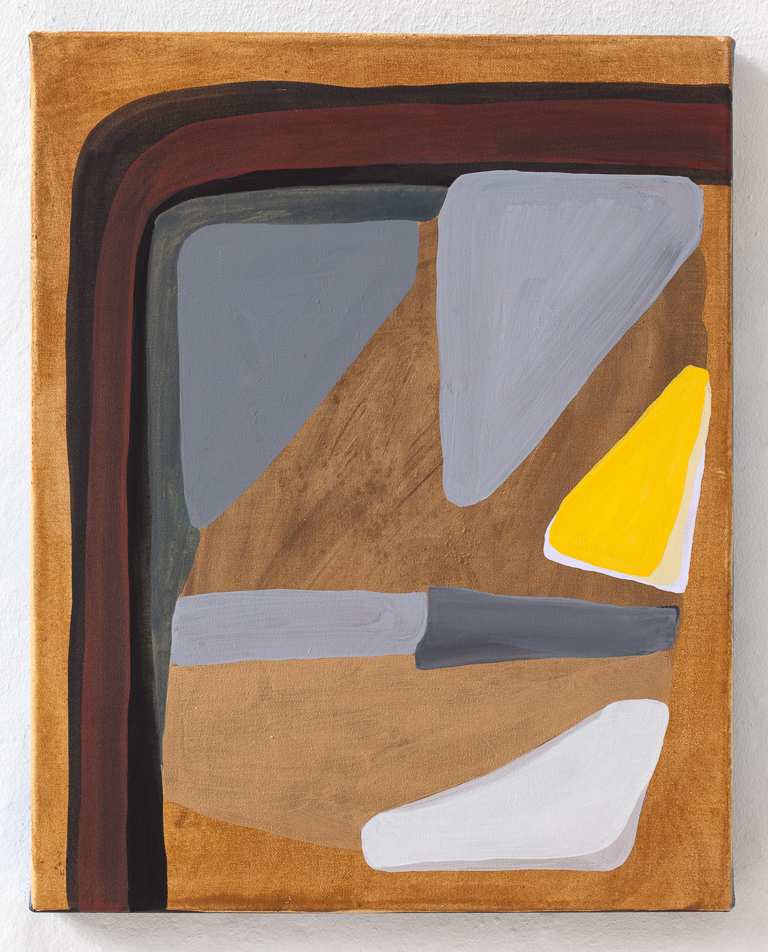
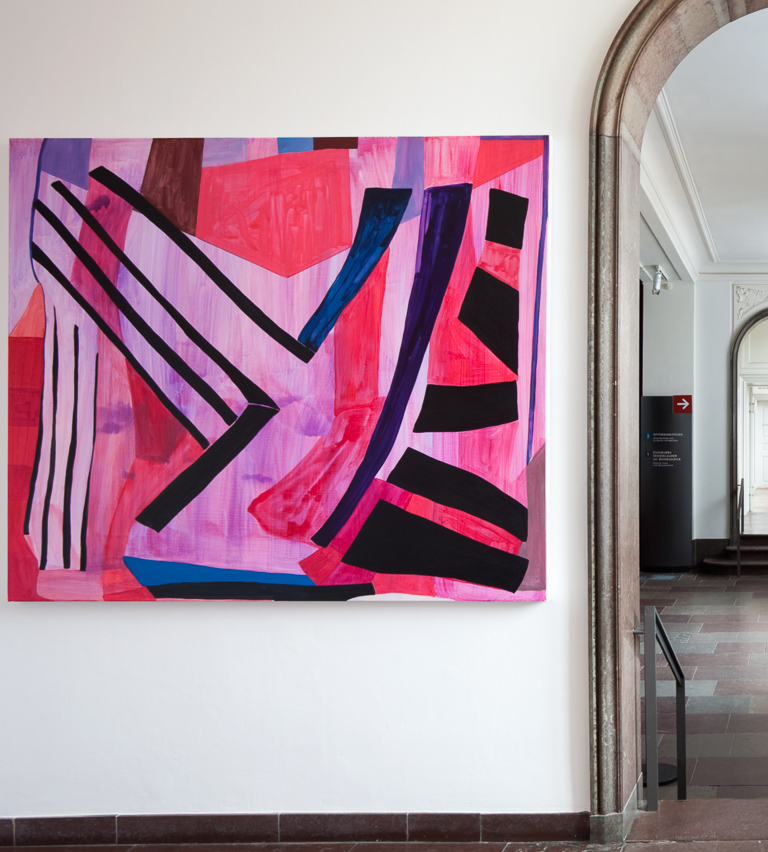
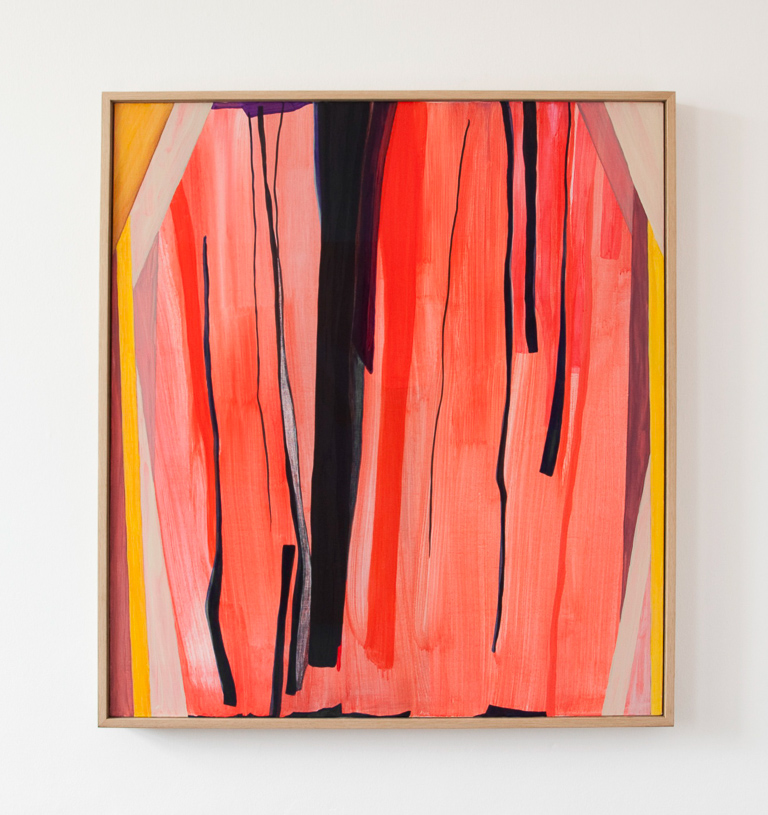
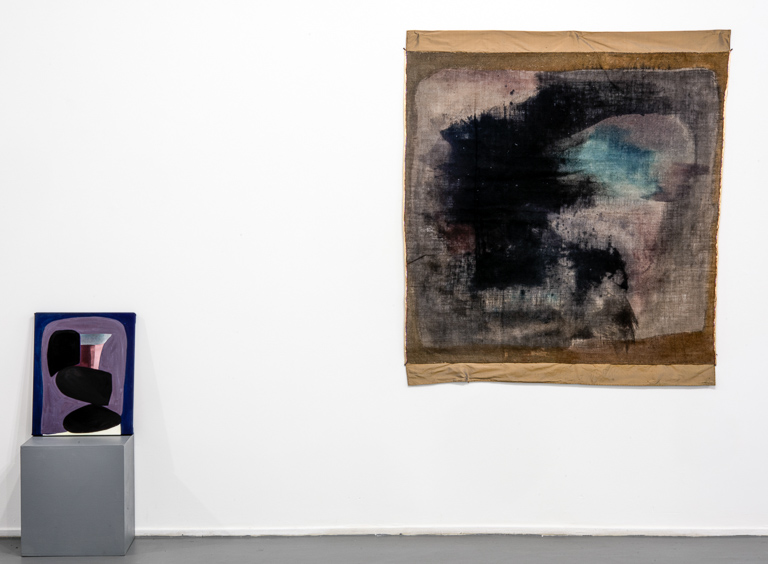
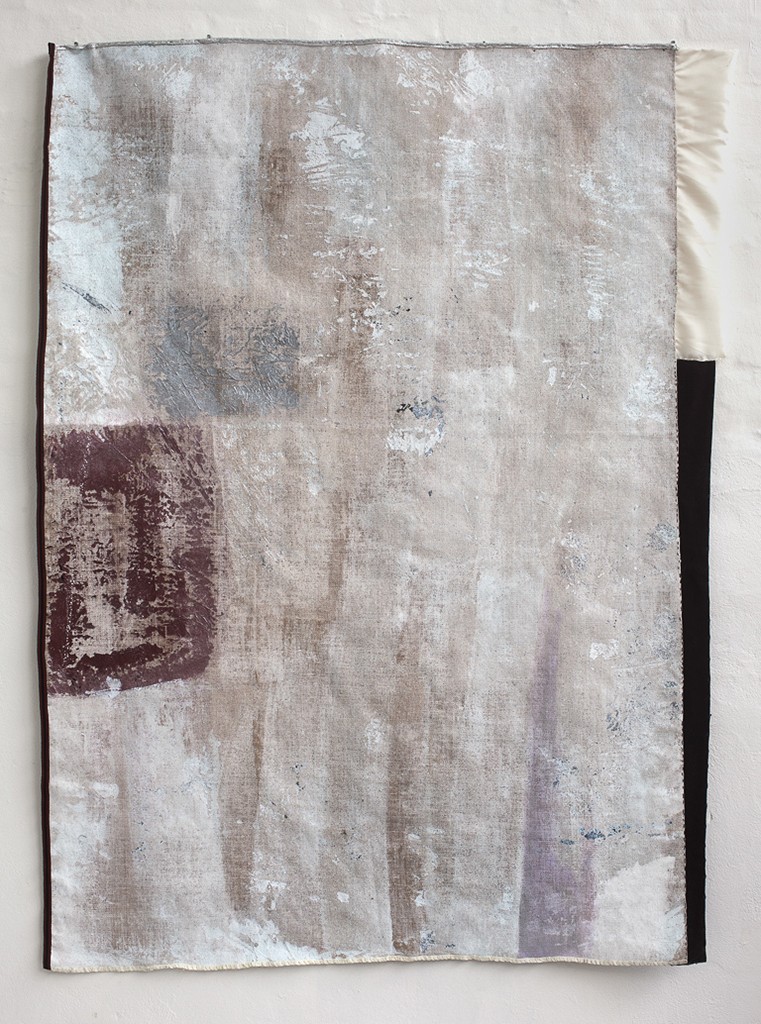
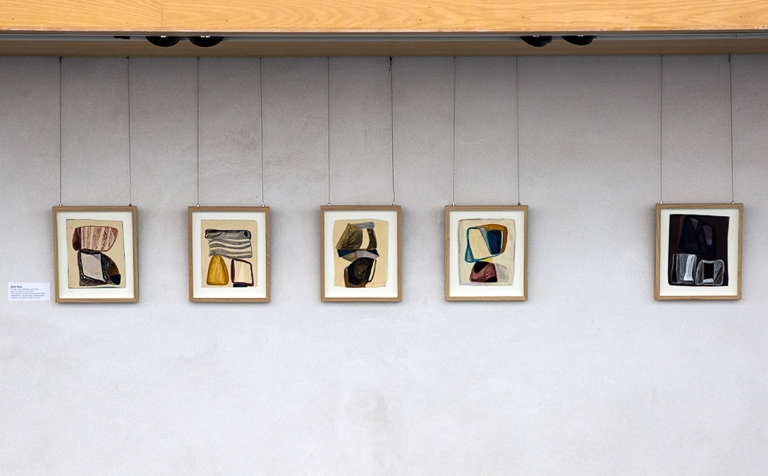
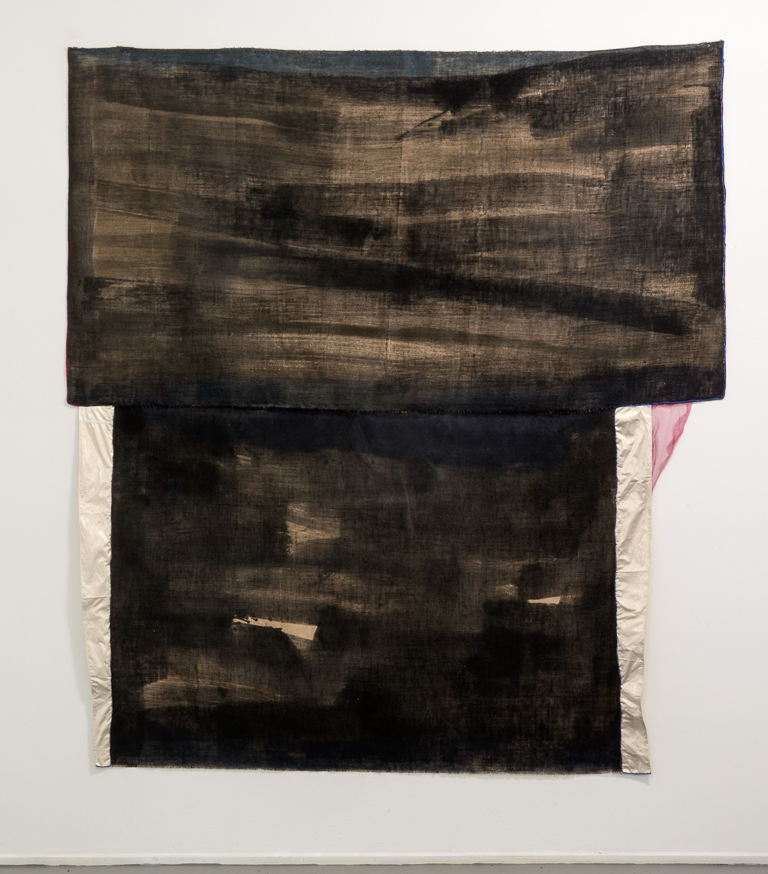
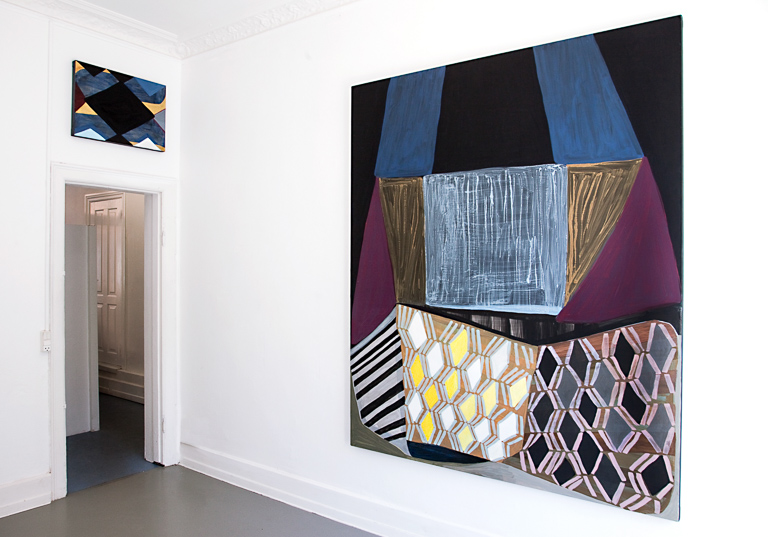
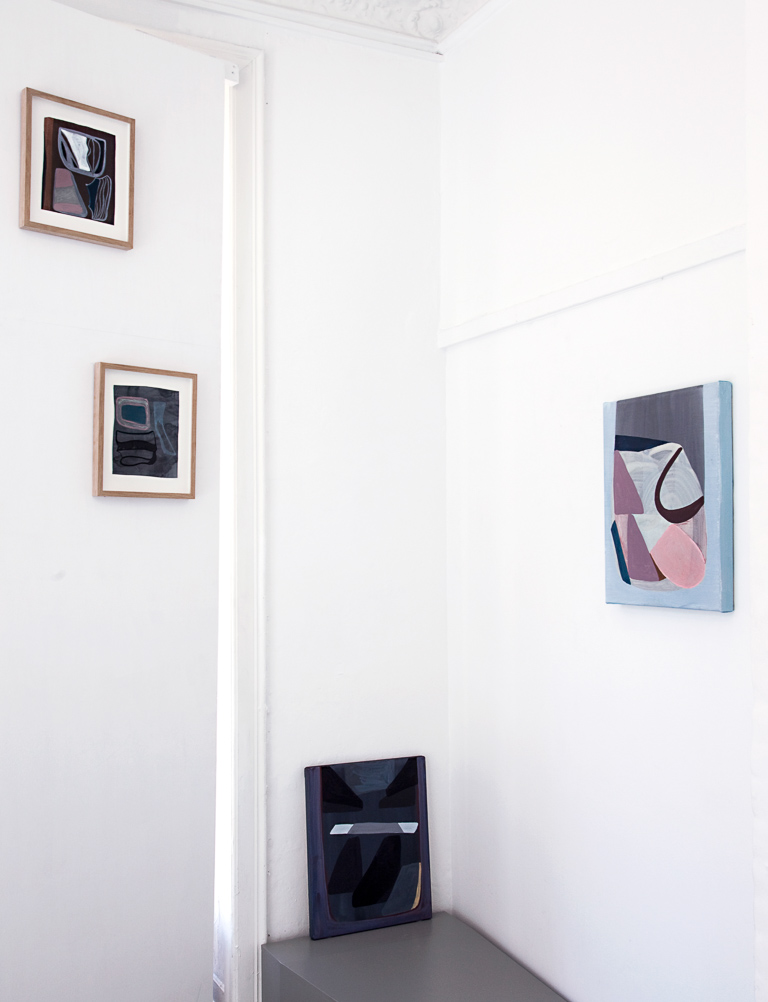
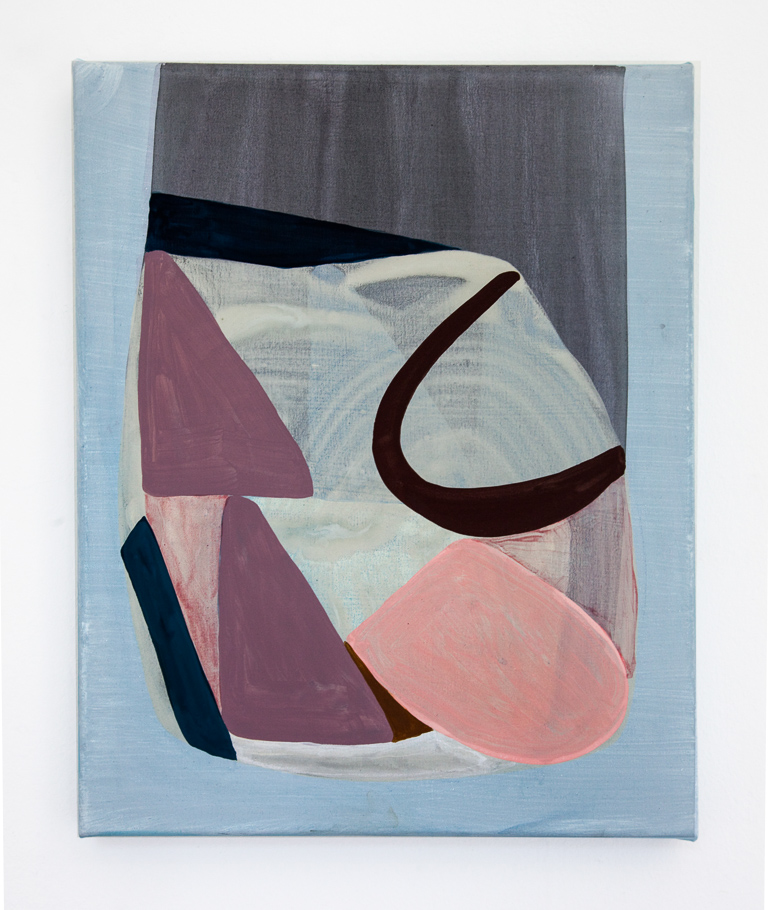
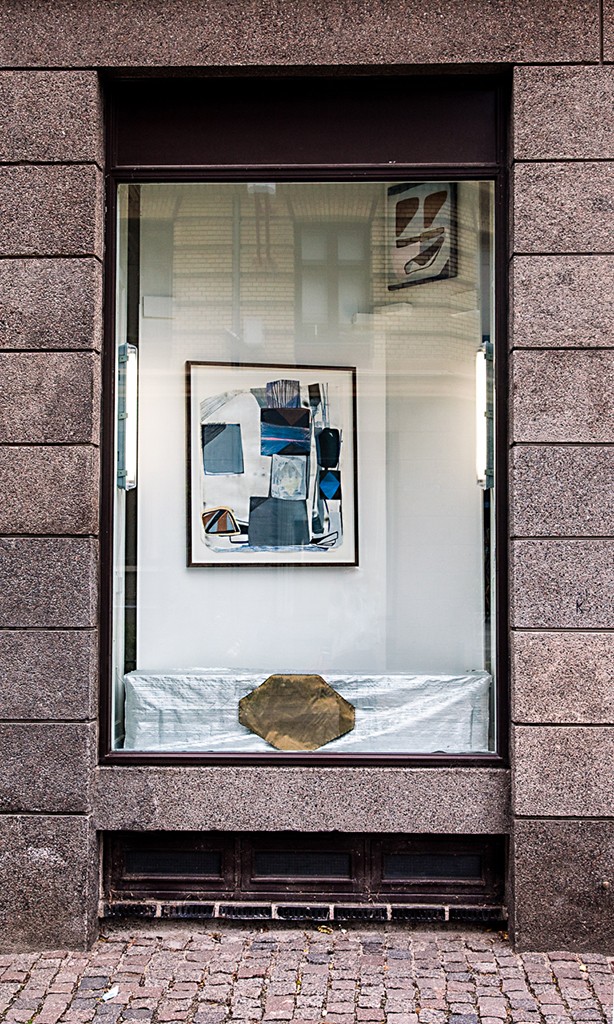
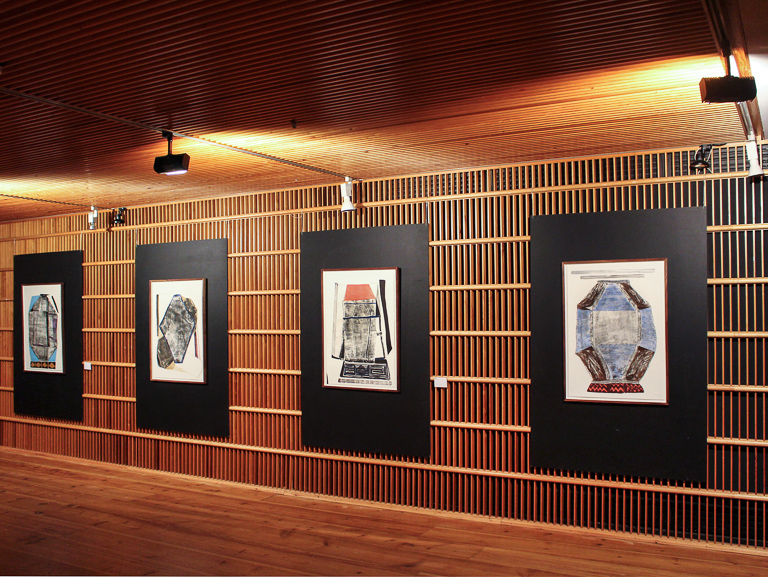
You may also enjoy Hollywoodland | The Vibrant Art of Amanda Church